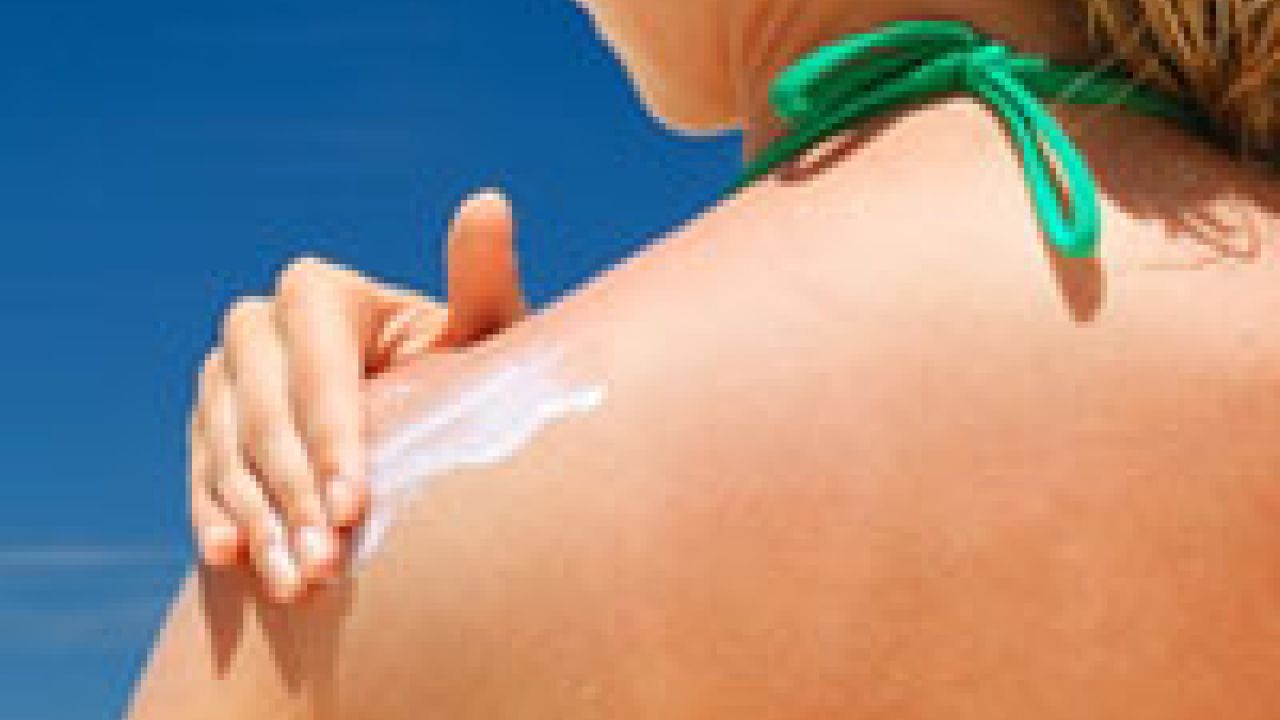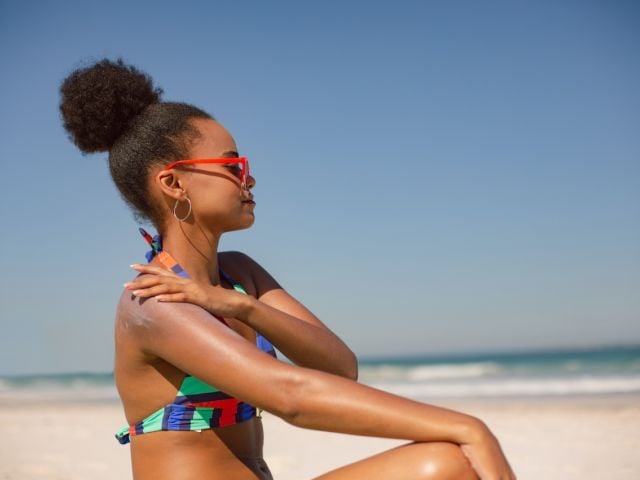
By Lisa Frack, EWG Social Media Manager
Every year about this time my friends want to me to tell them exactly which sunscreen to buy. They want the one that works the best to protect skin with the least toxic ingredients. And who can blame them?
The thing is, I recommend a hat, shade, sunglasses and long sleeves, which is not at all what they're after. Our cultural norm is to slather our (very) bare skin with sunscreen and assume we're "covered." But of course we can't duck and cover all summer - especially with kids who are, and should be - outside playing. So I tell them what EWG discovered when we researched this year's sunscreen products - the highlights and the red flags:
THE HIGHLIGHTS
More recommended sunscreens EWG recommends 1 in 5 of more than 600 beach and sport sunscreens, compared to 1 in 12 last year. Not because sunscreen makers are producing more superior products; because you told us you wanted more options for safer, more effective sunscreens, we went out and found some more good ones and added them to our database.
More mineral sunscreens Nearly 90 brands, including CVS, Neutrogena, Banana Boat, Walgreens and Aveeno now offer sunscreens with zinc and titanium. These are the right choice for children, people with sensitive skin and others who want the best UVA protection without potentially hormone-disrupting chemicals like oxybenzone or vitamin A, which may be carcinogenic on sun-exposed skin. None of these sunscreens are sprayed or powdered, so they don't pose inhalation dangers. More on hormone disruptors and nanomaterials in sunscreens.
THE RED FLAGS
Poor UVA protection Three of five U.S. sunscreens wouldn't be sold in Europe. EWG's analysis of more than 500 beach and sport sunscreens with SPF ratings of 30 and higher finds that more than 300 of them, about 60 percent, provide inadequate UVA protection and are too weak for the European market, where manufacturers voluntarily comply with a standard for meaningful UVA protection.
Risky vitamin A additives Many sunscreen makers still use a form of vitamin A, called retinyl palmitate, ignoring recent scientific research by the federal Food and Drug Administration indicating the chemical may be photocarcinogenic - that it may heighten skin cancer risk when used on sun-exposed skin. While more definitive research is under way, EWG recommends that prudent consumers avoid vitamin A-laden sunscreens.
Sky-high SPF claims About 1 in 6 beach and sport sunscreens claims SPFs higher than 50+, up from 1 in 8 in 2009. Yet studies show that high-SPF users are exposed to as much or more ultraviolet rays than people who use lower SPF products. Why? Those big numbers give people a false sense of security. They wait too long before reapplying, and they stay out in the sun too long.
Still no federal sunscreen rules The FDA declared its intent to regulate sunscreens back in 1978. Thirty-three years later, the rules are still in bureaucratic limbo. While regulators delay, sunscreen makers can sell products that overstate sun protection and underperform in the real world. EWG continues to pressure the FDA to issue enforceable rules for sunscreen products.
Now that you know our key findings, it's time to get started on your search for a sunscreen that protects your skin with minimal toxic ingredients - that you're comfortable wearing (or slathering on your kids!). Our searchable database has 1,700 products in it - beach and sport sunscreens, lip balm, moisturizers and makeups. Research the ones you already have - or find a new one. And download our iPhone App to keep the info handy when you need it most - in the sunscreen aisle!
It's almost Memorial Day weekend, the perfect time to stock up for a skin-safe summer of outdoor fun.



